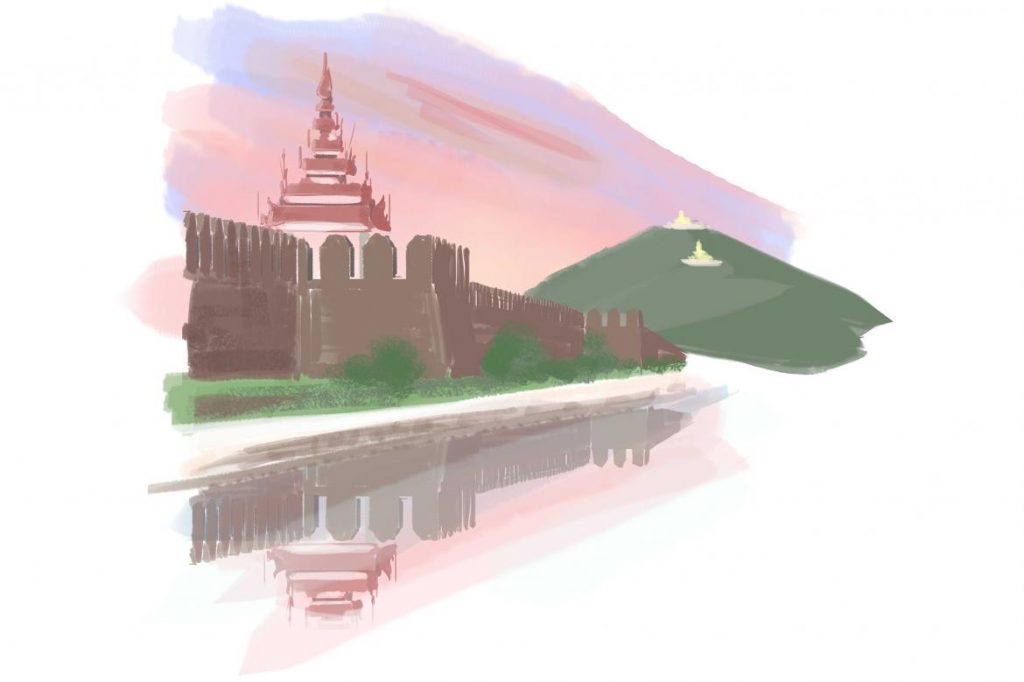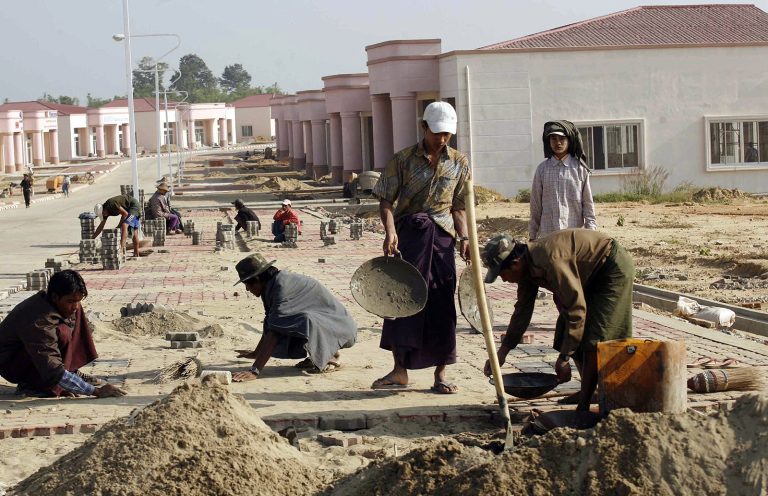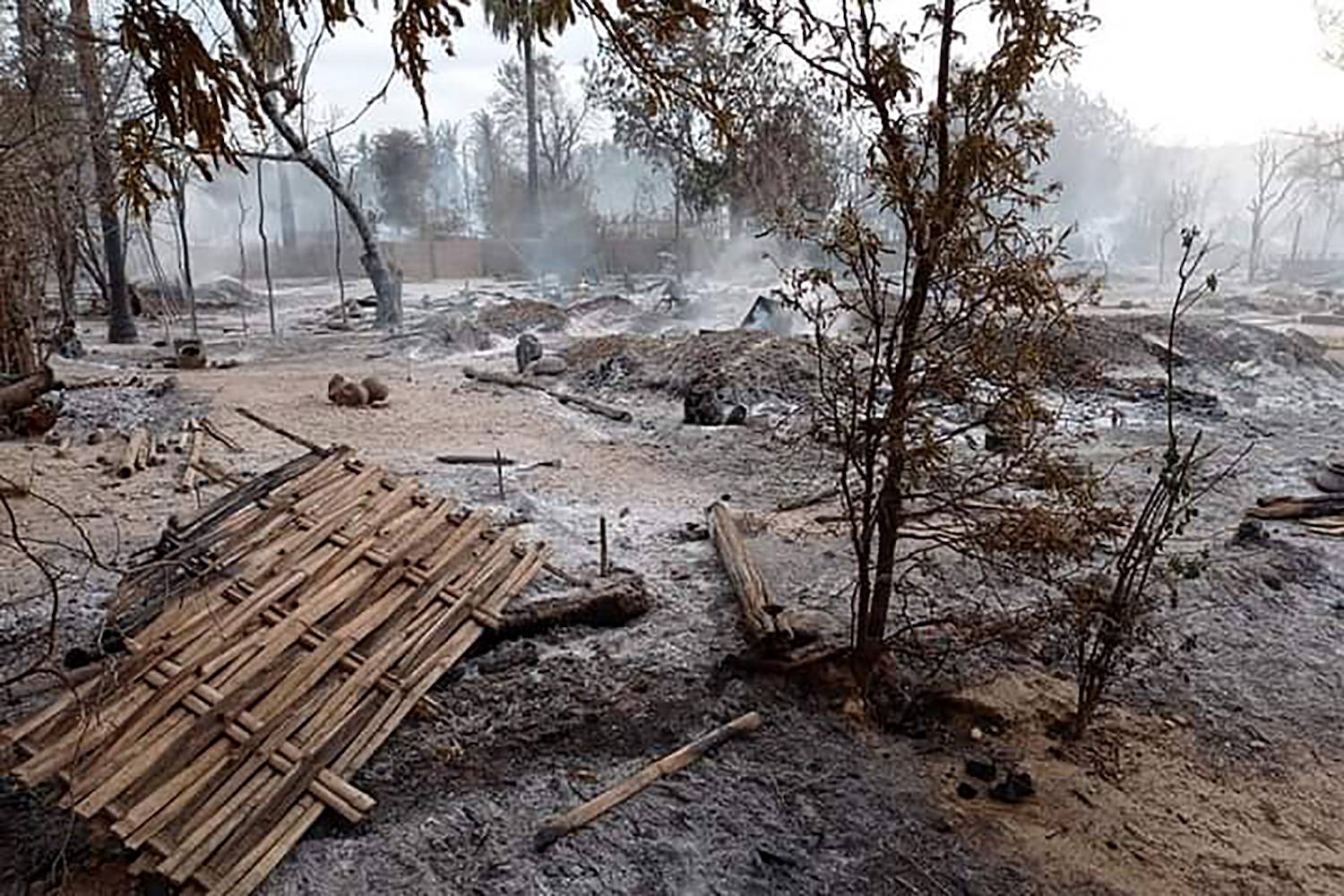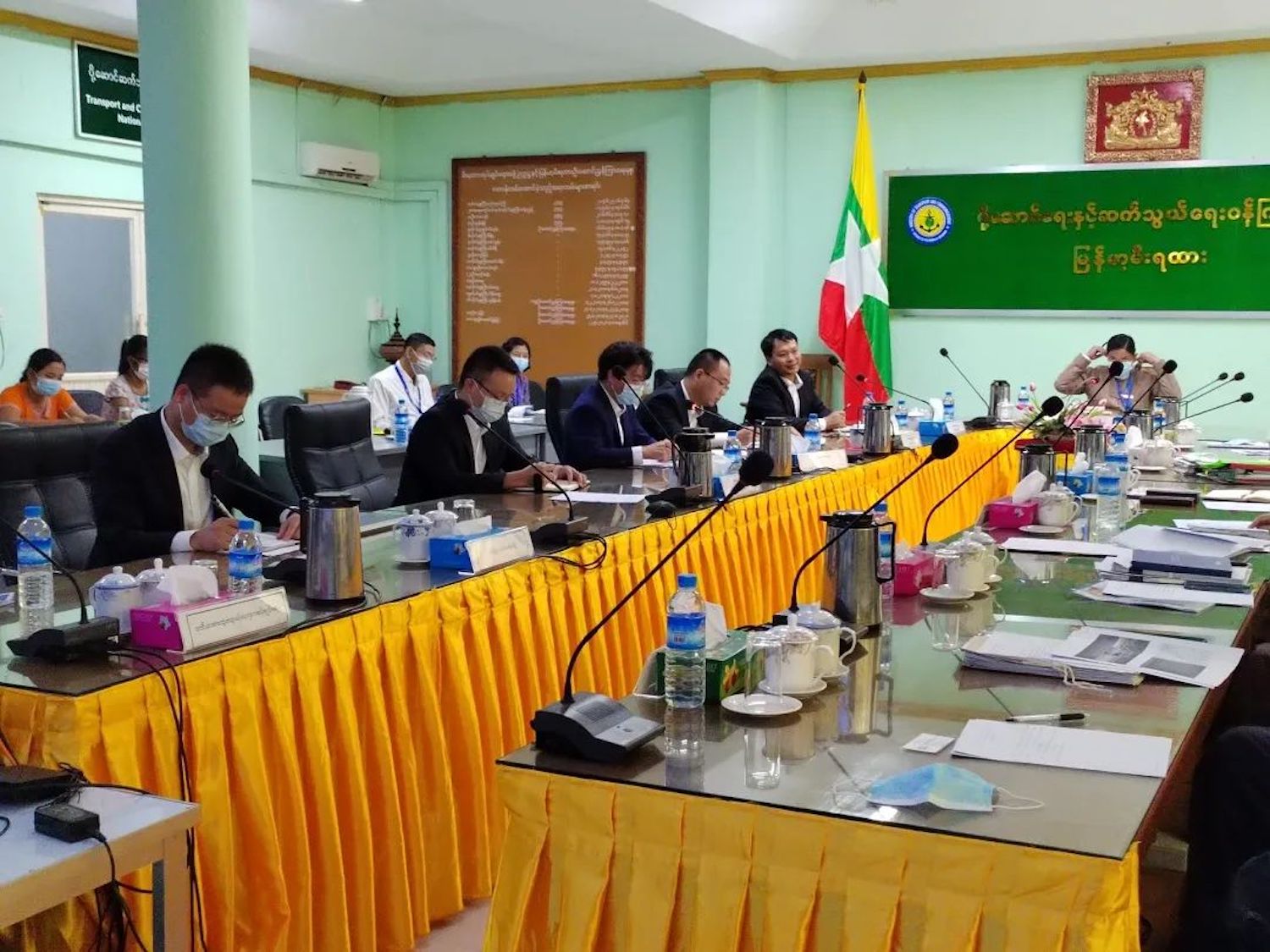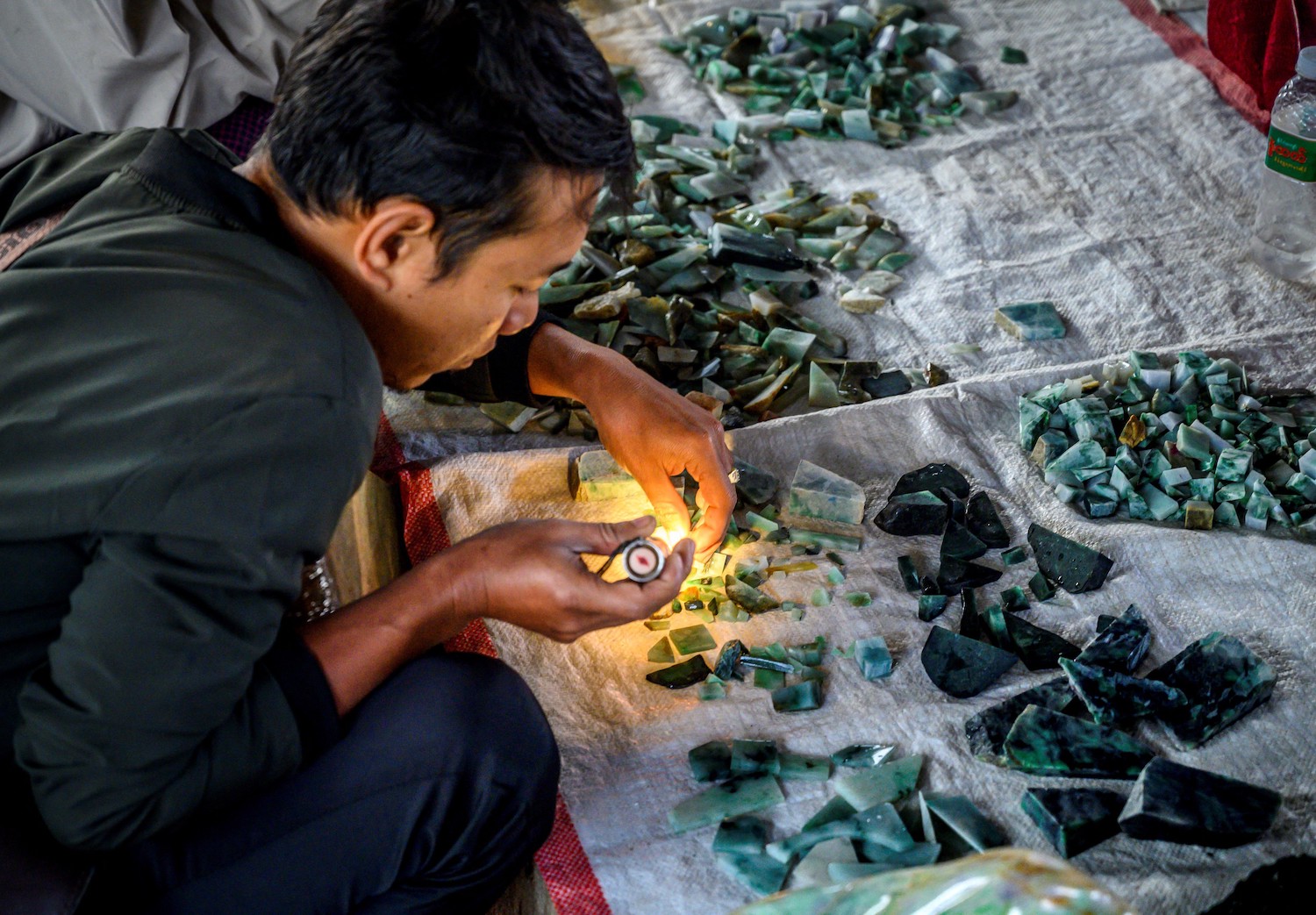A brief introduction to Myanmar’s royal city, cultural capital – and city of seconds.
By JARED DOWNING | FRONTIER
IT HAS THE country’s second largest population (just over 1.2 million, according to the 2014 census) and is the second busiest trade hub (linking China and India with Yangon). It has Myanmar’s second oldest university, second busiest airport and second most successful football team.
However, for Myanmar’s conquering kings of yore, Mandalay and its environs were first choice.
Innwa (also known as Ava), about 30 kilometres (19 miles) to the south, on the eastern bank of the Ayeyarwady River, was once a formidable city-state when it was the favourite seat for the Taungoo and Konbaung dynasties, the latter of which founded another capital at nearby Amarapura (the site of the famed U Bein Bridge) in 1738.
In 1857, after the British had annexed the lower part of the country, the Konbaung dynasty’s penultimate king, Mindon, moved his capital from Amarapura to the base of Mandalay Hill, constructing the now-iconic moat and fortress walls, and dubbing the city “Yadanarbon” (the city’s football team still bears that name).
Support more independent journalism like this. Sign up to be a Frontier member.
The new city was supposed to shore up Myanmar’s religion, culture and royal tradition at a time when the Konbaung glory was waning, and industrialised European powers were carving out empires in Southeast Asia. In addition to his lavish palace, Mindon filled the city with pagodas and monasteries, and commissioned a comprehensive history of his kingdom (known in English as The Glass Palace Chronicle).
The city remains a bastion of Myanmar cultural heritage, which is why it might surprise one to learn that it was only under royal rule for 30 years before the British sailed up the Ayeyarwady River and exiled Mindon’s son, Thibaw, to India. Shortly after annexing Mandalay, the British moved the capital to Rangoon.
After sustained Allied and Japanese bombing during the Second World War, and two huge fires in the 1980s, the palace walls and some religious sites are more or less all that is left of the old city – today’s royal palace is a replica built in 1989, and much of the space inside the palace walls serves as an army base.
Chinese influence
The economic landscape is also much changed.
In 1988, the military government overturned Ne Win’s isolationist policies and opened up border trade. Investors, mainly from China and particularly Yunnan province, took full advantage and began buying lots that had been left empty by the two fires.
Journalists abroad wrung their hands about a “Chinese takeover” as the military government cut deals with Chinese companies in real estate, logging and mining, and developed its northern infrastructure to funnel this commerce to Mandalay.
The city’s population has doubled since the 1980s. There is some debate as to how much this boom is down to official or unofficial Chinese immigration, and many of Mandalay’s shopping centres, condominiums and hotels are Chinese-owned. Mandalay remains a hub for largely Chinese-traded jade and gemstones as well as smartphones, motorbikes and other imported goods.
In March, U Win Htay, vice president of the Mandalay Region Chamber of Commerce and Industry, told the Straits Times: “People call this place Yunnan-Mandalay. If you do business, and you don’t want to work with Chinese, you simply can’t make money.”
Culture and education
As well as Mandalay University, which was established in 1925, the city also has institutions for medicine, dentistry, art and technology. However, Mandalay’s real strength is in religious studies; in addition to the Mandalay Theological College, the Phaung Daw Oo school in the city’s outskirts is the largest monastic school in the country, with about 9,000 pupils at the primary, middle, high school and university levels.
Although it has little in the way of contemporary art, Mandalay has thriving traditions of masonry, wood carving and metal-working for pagodas and religious images, as well as traditional painting, textile weaving and jade work.
These traditions go back to the original craftsmen who built Mindon’s splendid new palace and monasteries, and tourists can witness their handiwork in the carved teak Shwenandaw Monastery, the 729 marble slabs bearing the Pali Canon at the Kuthodaw Pagoda, and the mirrored mosaic walls of the Sutaungpyei Pagoda on Mandalay Hill.
And if you climb the hill at sunset, keep an eye out for Mandalay Central Prison to the northwest, visible by its tell-tale semi-circular walls and radial barracks (but lower your expectations before visiting in person; it only has a one-star rating on Google).
Who’s in charge?
Physician U Ye Lwin, 66, was appointed mayor in 2016 by the Mandalay City Development Committee. He presides over the seven-township Mandalay District, which includes the city proper (Chanayethazan Township contains the downtown area) and suburbs, including Amarapura.
Home team
Mandalay’s Yadanarbon Football Club has won four out of the nine Myanmar National League championships to date. Its arch rival Yangon United also has four, but sneaks ahead having played in more championship appearances. Their grudge matches have been dubbed the “Myanmar Derby.”
Previously, Yadanarbon’s most bitter rival was Zeyar Shwe Myay Football Club of neighbouring Sagaing Region. After matches, brawls were known to have broken out near the stadium, as fans in various states of intoxication made their way back home.
However, the fights are (hopefully) a thing of the past, after Zeyar Shwe Myay was disbanded in 2016 over a dispute about its home ground.
Though second in most things, Mandalay ranks first in the number of Burmese roofed turtles. The Mandalay Zoological Gardens is the only zoo in Myanmar to feature the endangered species.


